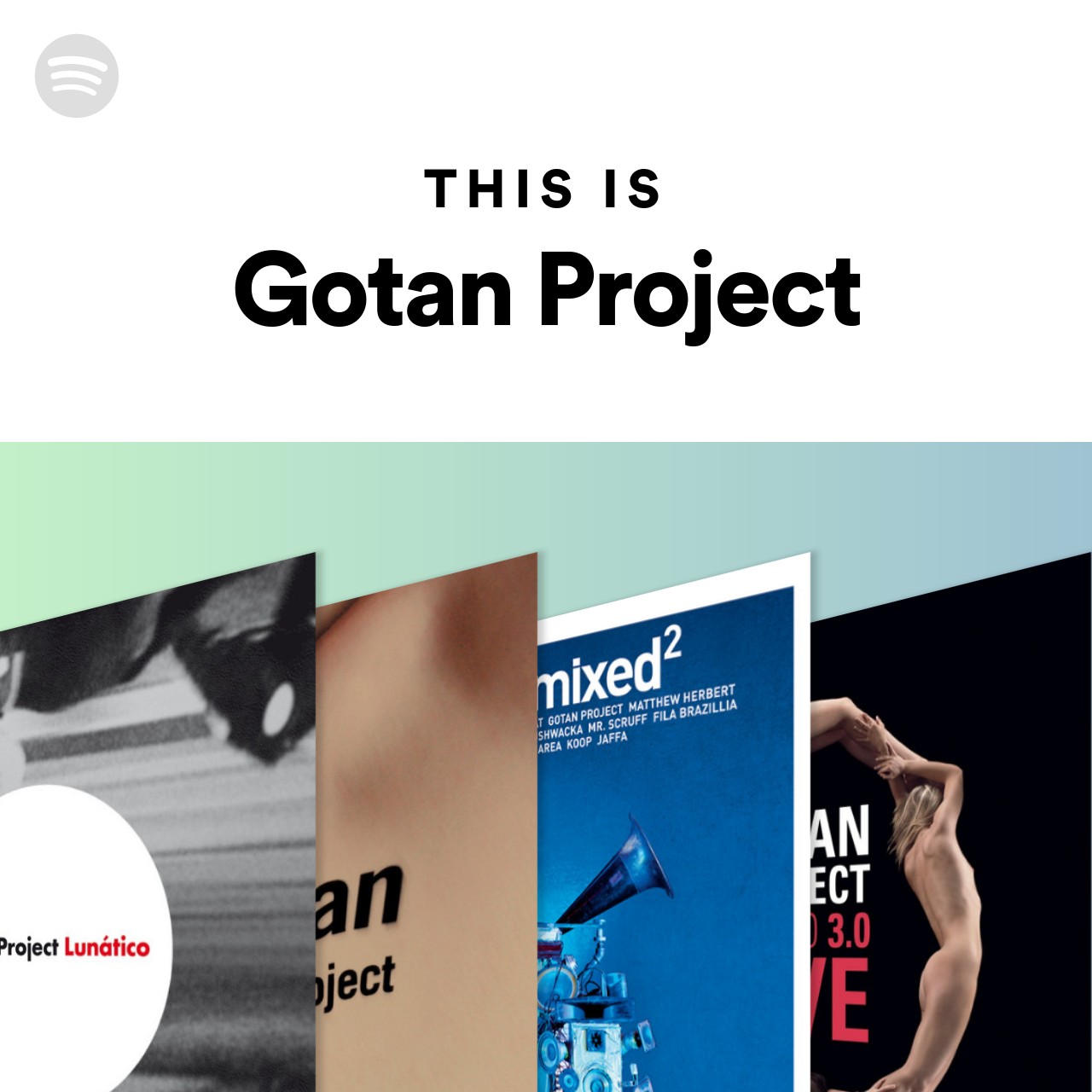In this journey through the annals of tango history, we will explore the lives and legacies of the musicians who left an indelible mark on this iconic genre. From the sensuality of Carlos Gardel's voice to the daring innovations of Astor Piazzolla, join us as we unravel the stories behind the maestros who shaped tango music and propelled it to international acclaim.
Carlos Gardel (1890-1935): Known as the "King of Tango," Carlos Gardel was an Argentine singer, composer, and actor who became one of the most prominent figures in the history of tango music. His smooth voice and charismatic stage presence popularized tango both in Argentina and internationally. With iconic songs like "El Día Que Me Quieras" and "Por una Cabeza," Gardel's contributions to tango are immeasurable.
Astor Piazzolla (1921-1992): Astor Piazzolla revolutionized tango with his innovative approach, infusing it with elements of classical music and jazz. As a bandoneón player, composer, and bandleader, Piazzolla's compositions challenged traditional tango norms, leading to the creation of Nuevo Tango. His compositions such as "Adiós Nonino" and "Libertango" are timeless classics that continue to inspire musicians around the world.
Aníbal Troilo (1914-1975): Known as "Pichuco," Aníbal Troilo was a legendary bandoneón player and orchestra leader. His unique style of playing and arranging tango music influenced generations of musicians. Troilo's orchestra, with its distinctive sound and emotional depth, set new standards for tango orchestras. Songs like "Sur" and "La última curda" showcase his profound musicality and contribution to the genre.
Osvaldo Pugliese (1905-1995): Pianist and orchestra leader Osvaldo Pugliese played a significant role in shaping tango's golden age. His orchestra emphasized rhythm, dynamics, and complex arrangements, reflecting the social and political climate of Argentina. Pugliese's compositions, such as "Recuerdo" and "La Yumba," are recognized for their dramatic intensity and profound emotional expression.
Juan D'Arienzo (1900-1976): Known as the "Rey del Compás" (King of Rhythm), Juan D'Arienzo revolutionized tango dancing with his energetic and rhythmic approach. As an orchestra leader and violinist, D'Arienzo's music had a vibrant and infectious quality that appealed to both dancers and listeners. His orchestra's recordings, including "La Cumparsita" and "El Choclo," remain popular in milongas (tango dance venues) to this day.
These musicians, among others, played a pivotal role in shaping the tango genre, pushing boundaries, and captivating audiences worldwide. Their contributions continue to resonate, ensuring that tango music remains a cherished and vibrant part of cultural heritage.
 ECUPopLatin Pop
ECUPopLatin Pop MEXPopLatin Pop
MEXPopLatin Pop ESPPopLatin Pop
ESPPopLatin Pop ESPEuropeanFlamenco
ESPEuropeanFlamenco PERJazzJazz Fusion
PERJazzJazz Fusion ARGLatinTango
ARGLatinTango FRALatinTango
FRALatinTango ARGPopLatin Pop
ARGPopLatin Pop MEXLatinTango
MEXLatinTango BRALatinSamba
BRALatinSamba ARGLatinTango
ARGLatinTango ESPEuropeanFlamenco
ESPEuropeanFlamenco ARGRockPop Rock
ARGRockPop Rock ARGLatinTango
ARGLatinTango ARGPopLatin Pop
ARGPopLatin Pop ARGLatinTango
ARGLatinTango ARGLatinTango
ARGLatinTango ARGLatinTango
ARGLatinTango ARGLatinTango
ARGLatinTango Viberate
Viberate
 URY
URY
















 ISR
ISR